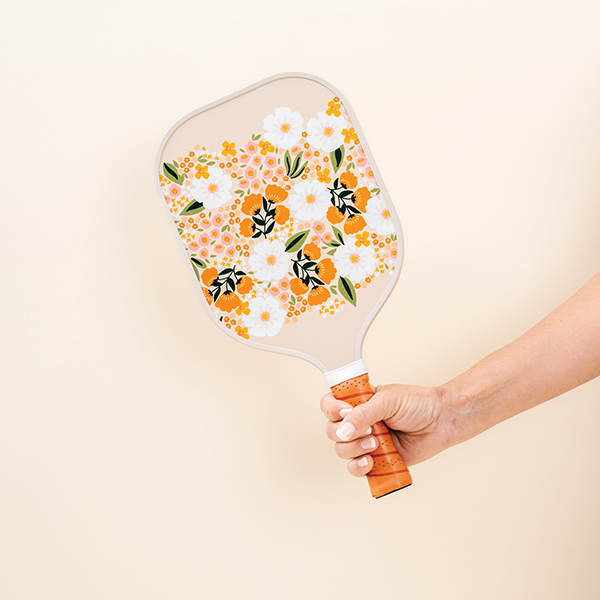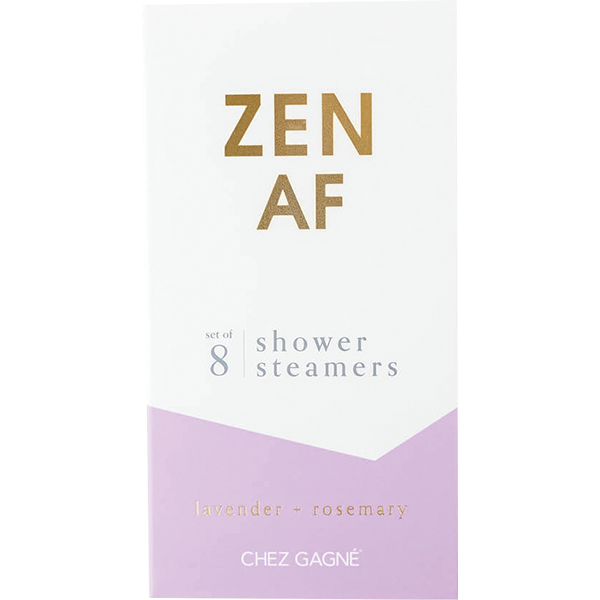Touch the Merchandise
Educational toys and games get customer thinking-and spending
By Abby Heugel
Managing Editor
Most children don’t like shopping because they’re usually told not to touch anything the second they walk in a store. What fun is that? Smart retailers know to turn the store into a place to come for fun, and when those toys and games are educational as well, parents are more willing to spend money.
“Educational toys and games are a vital part of healthy child development and most parents are looking for more than just the latest hyped toy,” said Randy Compton, CEO of Think-a-lot Toys. “Although they may buy the latest trendy toys or games for a quick ‘hit,’ they actually prefer what’s really good for their kids over the long haul, and this means games and toys that engage the brain, the heart and even the soul.”
Play Value
Christine Osborne, owner of Wonder Works in South Carolina, understands the importance of educational interaction and entertainment. Her stores feature more than 2,500 specialty toys, gifts, books and gadgets, many of which are on display for hands-on play.
“Customers seem to respond to the term ‘play value’ as opposed to ‘educational value,'” Osborne said. “Quality toys that a child can grow with and use for many years are just some of the benefits customers are looking for.”
From what Compton has seen, kids love toys and games that have three crucial elements: 1) they are both fun and engaging; 2) they make kids think a little, if not a lot; and 3) they have an element of open-ended play.
Games that do all the thinking for kids may be fun for a while, but over time they get bored with them.
“We all love a challenge and those games that have multiple ways and even levels of challenging kids are the ones that last and become classics,” Compton said. “This is why open-ended games are so timeless. You can play with them over and over and each time you play with them, the experience is a little bit different.”
Because of the economy, parents are more careful with their spending. They want and need more out of the toys they buy, and that’s good for the specialty business.
“I know as a parent I want toys for my boys that have more to them; not only more value for the money, but that maybe can lead to something they learn,” said Rhett Power, president of Wild Creations. “Take the pocket microscope. My boys carry it with them in the yard, and then they often want to learn more about the plant they looked at or the bug they found in the dirt.”
That inspired Powers to start Wild Creations, a line focused on making products that are educational and fun that promote curiosity and inspire active play. Most of the line has a science and nature theme, and everything from the box to the quality of the product has been designed for specialty retail. Some of their top sellers include remote control snakes and bugs, pocket microscopes and the Eco-Aquarium.
“That’s what I think parents want,” Power said, “something that lasts longer than the toy itself.”
Fun and Functional
And believe it or not, kids themselves are hungry for learning. They’re discerning customers and know what’s intriguing and different. Compton said it’s up to specialty stores to supply the tools and provide play opportunities that don’t have too much of an agenda, but do have a dose of fun. One thing specialty retailers can offer is a smart alternative to computer games.
“Parents know kids are going to buy and use computer games, but they need to know some of the great games and toys that aren’t handheld or onscreen – and then play them early and often with their kids,” he said. “Playing with educational games and toys is a bit like reading to your kids – it’s good for them, it stimulates brain development and it sets the habit early on, which is very important.”
All toys have to have fun and play value for the kids. If they find it fun, then they’ll understand the educational aspect of the toy. Compton has found that interactive displays engage kids in a way that a description on the back of the box can never do.
“We strongly encourage retailers who carry our games to have a demo game out so kids can play with the tiny trinkets,” he said. “When a kid keeps playing with something, you not only have their attention, but you have the attention of the parent whom you can spend a few moments with talking about the benefits of educational toys.”
“The trend is for more creative open-ended play items, whether it is a silly band or a Safari museum quality figurine,” Osborne said. “Toys, games and souvenirs are now more than ever geared toward the experience one has with the item, so select items that customers love, that display the local charm and exude your store’s passion. That alone will increase store traffic twofold.”
Knowledge is Power
Offering toys that are also educational allows specialty stores to cast a wider net and appeal to a larger audience.
“Customers who may have visited your store once a year for a fun birthday or Christmas present are now coming to you to fulfill their needs for a science fair projects, special classroom activity, family fun night, or afterschool enrichment,” said Ted McGuire, president of Thames & Kosmos. “These kinds of products are investments – they provide fun and entertainment, but also teach new skills and encourage kids to interact with the world around them.”
Another thing that will bring customers in and back is an educated, lively sales staff and a game that is out and available to be played. Compton said one of the strong suits of specialty retailers is the knowledge and service their sales staff can provide. If you educate your sales staff with facts about educational play, customers will be grateful – and before you know it, they will not only be your best customers, but also your best advocates.
“For example, does your sales staff know that educational toys not only promote developmental skills in children, but they also help children acquire and improve essential life skills?” he asked. “There is a close link between play and healthy cognitive growth. It lays the foundation for later academic success in reading and writing. It provides hands-on experiences with real-life materials that help children develop abstract scientific and mathematical concepts. Play is critical for the development of imagination and creative problem-solving skills.”
No matter what specialty stores encounter with the economy, parents still want to provide the best experiences and opportunities for their child to learn. Engaging the children in active play and educating the parents about the additional benefits can prove to be a very profitable learning experience for everyone.
Testing 1, 2, 3
Do the toys on your store shelves comply with mandated safety testing requirements?
It is the responsibility of everyone to ensure kids are protected from unsafe products, but the issue of toy safety and recalls can be overwhelming and confusing for any retailer. To help you understand the basics, Marty Imler, business development coordinator for TÜV Rheinland of North America, has presented an introductory review of the basics of safety and testing.
Toy manufacturers and retailers face many challenges in risk management and ensuring compliance for this complex and highly regulated product category. There are many different tests and standards that apply to the different categories of toy products. No single list exists that summarizes the standards and regulations as they pertain to the potential risks and dangers of toys and children’s products. Safety requirements may vary, not only according to product category, but also vary according to its intended use and the intended age of the product user.
ASTM International, a globally recognized leader in the development of international standards, established ASTM F963 as the global standard for toy safety specifications, and the U.S. Consumer Products Safety Commission (CPSC) adopted it as the mandatory safety standard for toys and children’s products the U.S.
This legislation requires that every manufacturer or private labeler of a children’s product is subject to a rule to provide a Children’s Product Certificate issued by an accredited independent, third-party conformity assessment body which certifies that the product complies with all safety rules. These certificates must accompany the product through the distribution chain through the retailer and be available to the CPSC during any inspection.
To determine what products are subject to the mandatory toy safety standard, ASTM F963, defines a children’s toy as a consumer product designed, manufactured or marketed as a plaything for children under the age of 14 years of age. Additionally, a child care article is defined as a consumer product created or intended by the manufacturer to facilitate sleep or the feeding of children age 3 and younger, or to help such children with sucking or teething.
There are a number of products that are exempt from this standard including, but not limited to tri/bi-cycles, sporting goods, playground equipment, sharp-pointed darts, hobby and model kits that have no play value when assembled, toy chests, etc.
Toy safety standards are regularly reviewed by the ASTM and CPSC and updated to keep up with emerging hazards. Toy safety standards are designed to reduce or eliminate unreasonable risk of injury associated with a consumer product as it pretains to the product’s age grading and its intended use. Many of the hazards that the guidelines test for are*:
• Can a small part be aspirated into the lungs or lodged in a child’s throat;
• Are there sharp edges or points;
• Are their strangulation hazards from cords, straps, elastics, etc;
• Is a product fit for use or will it collapse or come apart, exposing sharp edges or points under simulated children’s play;
• Is it resistant to electrocution, explosion, combustion, corrosion, overheating and fire;
• Are there hazardous substances or accessible components e.g. magnets or batteries, which can be toxic or poisonous if inhaled, in contact with skin, ingested or result in chemical burns;
• Is there a hazard associated with shelf life, contamination or a lack of cleanliness;
• Is the product and/or packaging labeled properly for its age grading, contain the appropriate warning labels and is trackable back to the manfacturer, date and place of manufacture.
* subject to exclusions, parameters, age grading and intended use.
Consumers can obtain recall and general safety information by visiting www.cpsc.gov.
TÜV Rheinland offers free consulting and product line reviews to manufacturers to assist with the requirements of toys, children’s products, apparel, costumes and more in order to help companies navigate the ever-changing safety standards and regulations. For more information, visit www.tuv.com or email [email protected] .






















